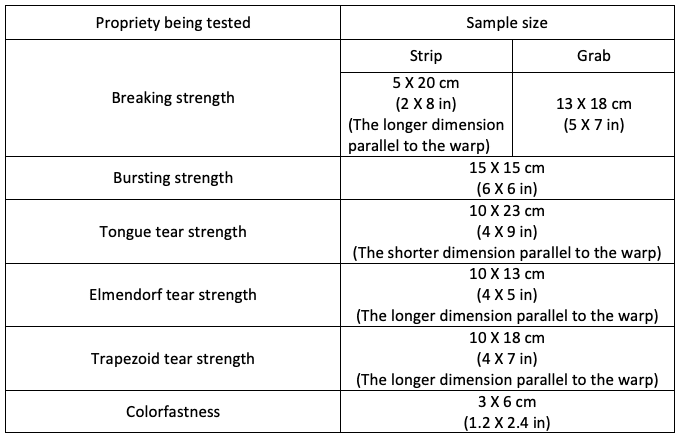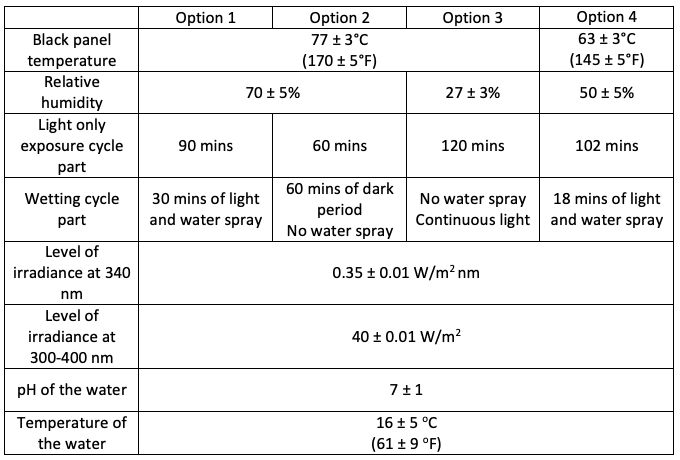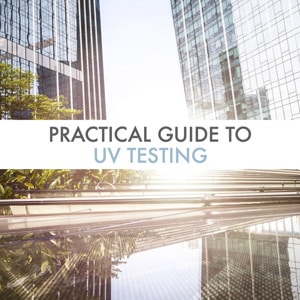AATCC 169
Weather Resistance of Textiles
Micom offers AATCC 169 testing as part of its material testing services. This standard describes accelerated weathering methods which allow to evaluate the resistance to degradation of materials via the use of UV exposure. Indeed, this standard is contingent on the use of Xenon arc light as an emitting source and this source is based on the practice of ASTM G-155.
Uses and factors to be considered for degradation resistance of textiles
 AATCC 169 is a standard which details the test conditions that required in order to do an accelerated aging which simulates an outdoor sun exposure. Although AATCC 16.3 is a standard that is quite similar to AATCC 169, it differs by the fact that it reproduces a through the window sun exposure. The goal of this test protocol is to determine the ability of a material to resist degradation by evaluating its colorfastness and/or its percentage of residual strength (breaking, tearing or bursting) after being exposed to direct sunlight specific period of time. Lastly, the samples are compared to a comparison standard of known characteristics in order to ensure the accuracy of the test. Furthermore, if colorfastness is the only criteria being tested, the comparison standard defined in AATCC 16.3 may be used.
AATCC 169 is a standard which details the test conditions that required in order to do an accelerated aging which simulates an outdoor sun exposure. Although AATCC 16.3 is a standard that is quite similar to AATCC 169, it differs by the fact that it reproduces a through the window sun exposure. The goal of this test protocol is to determine the ability of a material to resist degradation by evaluating its colorfastness and/or its percentage of residual strength (breaking, tearing or bursting) after being exposed to direct sunlight specific period of time. Lastly, the samples are compared to a comparison standard of known characteristics in order to ensure the accuracy of the test. Furthermore, if colorfastness is the only criteria being tested, the comparison standard defined in AATCC 16.3 may be used.
The main factors that are to be considered when conducting this standard are: the temperature, the relative humidity, the rain cycle, the UV time exposure cycle and of course the irradiance.
Typical Experimental parameters for AATCC 169 testing
The number of samples required is two and table 1 details the sizes of the samples based on the propriety being tested. Also, there are different test options available to textile materials of all kinds and table 2 provides test conditions for them.
Table I: Sample size based on the propriety being tested

Table II: Typical conditions test for the AATCC 169 standard

Other test methods related to AATCC 169
For additional related test methods, please see ASTM D1776, ISO 4892-2.
If you have any questions about AATCC 169 test or other UV Tests, we invite you to contact us today. It will be our pleasure to answer your questions.
Practical UV Testing Guide
Sunlight exposure can have harmful impacts on carbon-based
materials such as coatings, polymers, textiles, and many others.
Learn more about our in-laboratory UV testing process in this guide.


